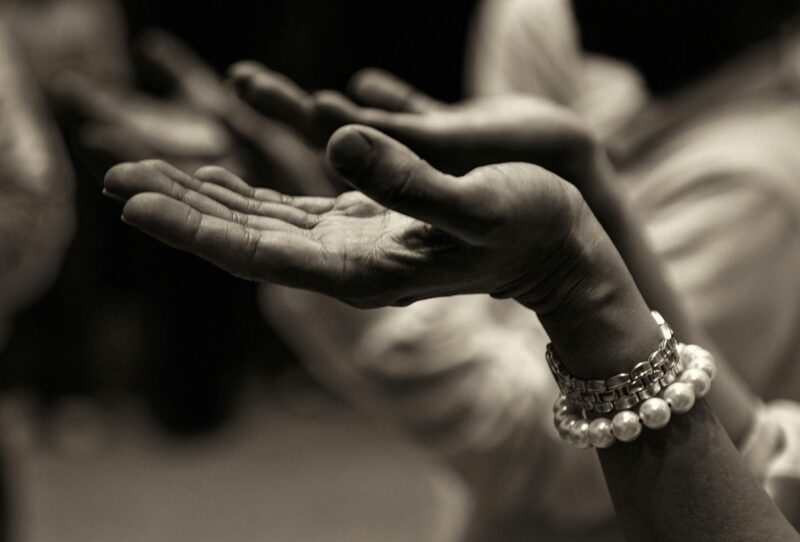Every thought we think leaves a mark. The mind records everything — not just our actions, but even feelings, memories, and reactions. These mental recordings are called samskāras — impressions. Most of them fade, but those linked to strong attachment (rāga) or aversion (dveṣa) get deeply imprinted. These are the impressions that become the seeds of karma.
This is how karma-bandhan begins — a subtle chain of impressions and reactions that binds us across lifetimes. You may not remember a past incident, but your mind holds onto it. You may feel sudden anger or dislike toward someone for no reason — because your mind remembers, even if you don’t. That person may have harmed you in a previous life; now both of you have new bodies, but the subtle forces of reaction are still active. This is karma working through samskāras.
And these aren’t just mental; they affect the body too. Suppressed emotions, especially anger and hatred, generate harmful hormones and imbalances. Over time, this can manifest as physical diseases — thyroid issues, diabetes, stress disorders. The root of it all lies in the uncleaned garbage of the mind — the unresolved rāga-dveṣa.
Diagnosis and Cure
The Bhagavad Gītā repeatedly tells us that the way to freedom is to rise above rāga and dveṣa.
“rāga-dveṣa-vimuktais tu viṣayān indriyaiś caran…” (Gītā 2.64)
One who moves among sense objects, free from attachment and aversion, with self-controlled senses, attains inner peace.
“yoga-saṁnyasta-karmāṇam…” (Gītā 4.41)
The one whose actions are renounced through yoga, who acts without desire for results, is free from bondage.
But what kind of yoga truly frees us from these deep-rooted impressions?
The Real Path: Bhakti Yoga
The answer is Bhakti Yoga — but not mere external practice. Most people chant, go to temples, even perform service. Yet, they still remain entangled in rāga and dveṣa. Why?
Because they still act for themselves.
Real Bhakti begins when you no longer ask, “What do I want?”
You begin asking: “What does Krishna want?”
That is the moment when ego dissolves. The very source of rāga and dveṣa — the sense of ‘I’ and ‘mine’ — starts fading. The same rasgulla you once saw with greed, you now see as an offering to Krishna. Whether you eat it or not is secondary — what matters is what He wants.
This shift — from self-centeredness to Krishna-centeredness — breaks the power of past impressions. You may not be able to erase the samskāras, but through loving, surrendered service, you can purify them.
The Fruit of Right Practice
Bhakti becomes effective only when done in the right spirit — not for personal gain, not even to feel spiritual, but simply to please God.
When you serve Krishna without personal agenda, karma-bandhan weakens. You feel less burdened, more light. You begin to enjoy what pleases Krishna, and self-centered work starts to feel heavy, even distasteful. That’s the sign: the inner mind is being cleaned.
Saints have shown this path — giving up their own comfort to serve something higher. Not out of obligation, but joy. Because once the connection to Krishna is real, the ego can no longer dominate.
This is the central message of the Gītā:
Rise above rāga-dveṣa. Break the karma cycle. Do Bhakti — the right way.
Then, and only then, will true freedom begin.









